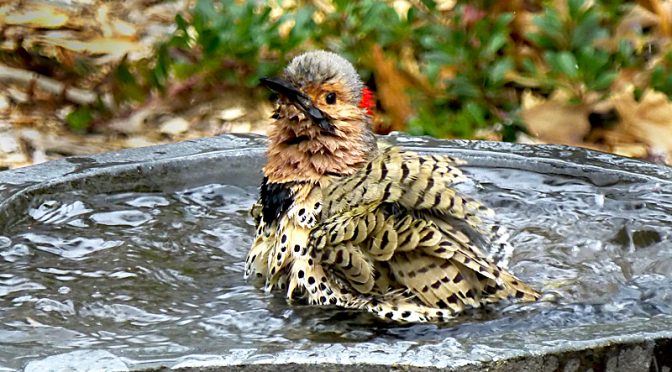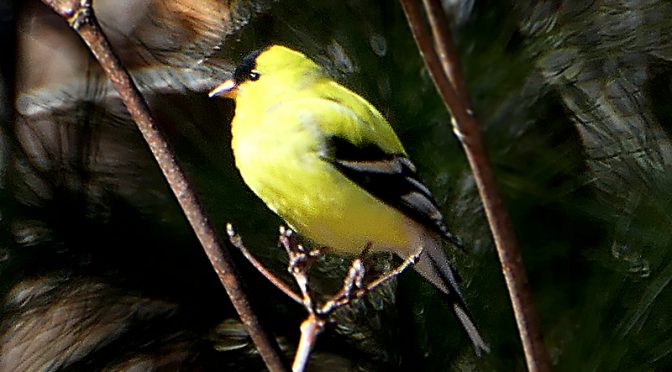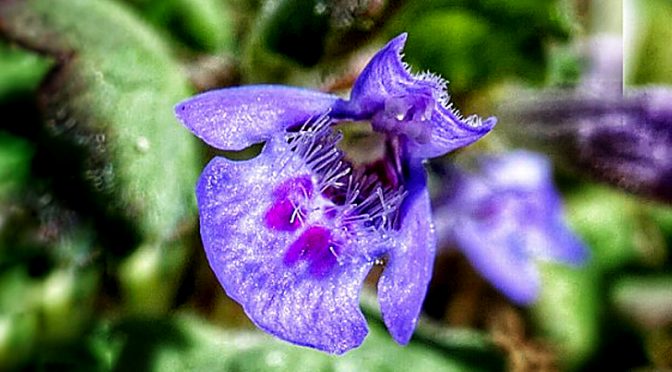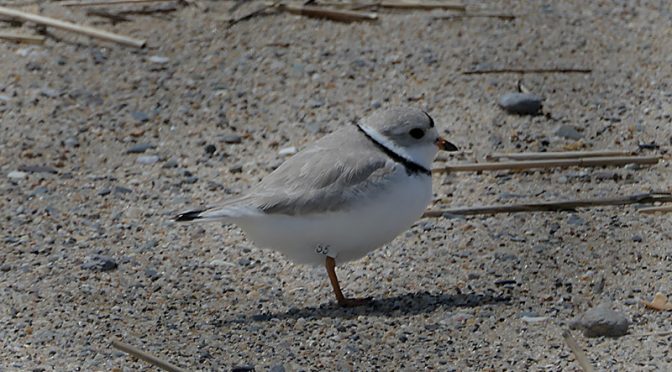It was such a treat to see that the Piping Plovers are back on Coast Guard Beach. You can see the sign and the string (in the photograph below) that ropes off the beach above the high water mark so that the Piping Plovers can nest right on the sand. The Piping Plovers are considered either endangered or threatened (depending on their location in north America) as there are approximately only 8,000 birds left in the world today.
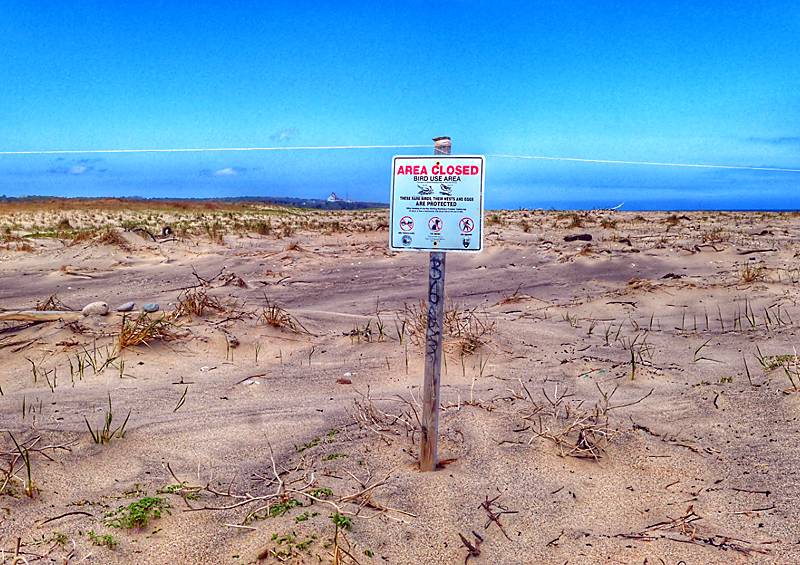
“The Piping Plover is a small sand-colored, sparrow-sized shorebird that nests and feeds along coastal sand and gravel beaches in North America. The adult has yellow-orange legs, a black band across the forehead from eye to eye, and a black stripe running along the breast line.”
This little Piping Plover, who blended in so well with the colors of the sand, has a flag band marked #55 on the top right leg. Excited, we had to do some research and see if what we could find out about this bird.
NEWS UPDATE! Phil did some research and found the names of the world organization that bands and tracks the Piping Plovers. We had to figure out who to send the information to based on the type of band, where it was located on the leg, which leg(s) the bands were on and the colors of the bands. Last night we sent to Canada: three photographs, the gps location of the the bird, the time of day, the description of the band, etc. I received an email back early this morning saying “Terrific! White Flag 55 is band 93984, banded as an adult male on 12 July, 2018 at La Digue, Magdalen Island, Quebec. This is his first nonbreeding resighting. Much appreciated!” She had forwarded my email to many people who are involved in saving the Piping Plovers.
We made a very small contribution to saving the Piping Plovers and we felt great about what we did. It was awesome to wake up to such exciting news!

